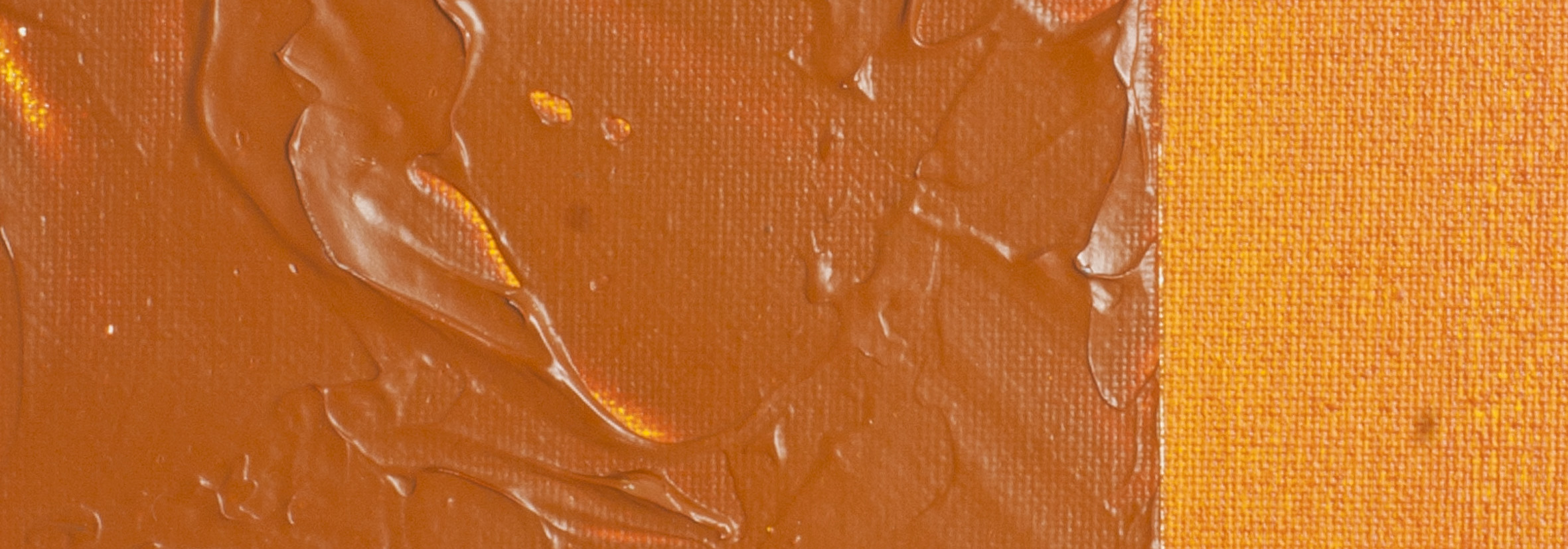Cobalt Turquoise | Matisse acrylic paint
化学物質の概要: コバルト・アルミニウム・クロムの酸化物
Pigment Numbers: PB36
Lightfastness Rating: ASTM I
Pigment Opacity: Opaque
Paint Opacity: Semi-Transparent
Series 4

Cobalt Turquoise | Matisse acrylic paint
Historical Roots: Cobalt Pigments Emergence
In 1755, the identification of cobalt as an element marked the genesis of modern cobalt pigments. Cobalt green, the inaugural creation, debuted in 1780 by the Swedish chemist Sven Rinmann, offering a subtle hue reserved solely for artists' palettes. Subsequently, in 1802, Thénard in France introduced Cobalt Blue. The 19th century witnessed the advent of cobalt violet variations and a yellow hue. Fast forward to the 20th century, witnessing the evolution of improved cobalt greens, cerulean, and turquoise cobalt pigments. Renowned for their light resistance, cobalt pigments rank among the most enduring pigments known.
The Chromatic Kinship: Cobalt Turquoise Unveiled
Cobalt Turquoise, a kin to Cerulean Blue PB36, shares its lineage with chromium, the colouring agent blessing emeralds with their mesmerizing green. Existing in multiple shades, from greenish turquoise to the deeper blue embraced by Matisse, this pigment finds favour among maritime painters, capturing the essence of seawater's enchanting blue-green hues. The deep ocean's shades resonate in the rich blue of Cobalt Turquoise. For landscape artists, it proves versatile, mimicking the blue-green tones of eucalyptus leaves and distant hills. Portrait and figure artists cherish its presence in textiles and man-made objects.
Complementary Chromatics: Cobalt Turquoise and Southern Ocean Blue
Contrast Cobalt Turquoise with Southern Ocean Blue, a darker and greener turquoise companion. In mixtures, they alternate as the superior choice, each contributing its unique character. When blended with Unbleached Titanium, they conjure soft blue grays reminiscent of stormy clouds and water. Southern Ocean Blue introduces a less common hue to the mix. Mixing with Cobalt Teal yields beautiful mid-turquoise tones, while the partnership with Southern Ocean Blue unleashes the dynamic spectrum of ocean colours, familiar to scuba divers and ocean enthusiasts. Overall, Cobalt Turquoise imparts softer mid-tone hues, while Southern Ocean Blue presents a darker, more vibrant palette.
Artistic Versatility: Cobalt Turquoise in Landscapes
For landscape painters, Cobalt Turquoise proves invaluable. Teaming up with Unbleached Titanium produces soft blues akin to evening skies. Blended with Australian Salmon Gum, it crafts dusky grays found in weathered wood and gum tree trunks. Pairing with Transparent Yellow Oxide creates a natural green, while Iso Yellow introduces a sun-kissed hue on leaves. Collaborating with Cadmium Yellow yields vibrant sap green shades. Modern pigments like Cobalt Turquoise encourage experimentation, defying conventional colour mixing norms. Surprisingly, Cobalt Turquoise, though unconventional for violets, yields exquisite violet hues when mixed with Matisse Rose Madder—a testament to the delightful surprises hidden within this versatile colour palette. Matisse Cobalt Turquoise beckons artists to explore and discover its myriad artistic possibilities.
Safety Data Sheet for Matisse Cobalt Turquoise(SDS)
To view or download a copy of Cobalt Turquoise SDS, please CLICK HERE * (271kb)
*The above link will open an external Dropbox window
Cobalt Turquoise is available in Matisse Structure, Matisse Flow

To install this Web App in your iPhone/iPad press ![]() and then Add to Home Screen.
and then Add to Home Screen.

